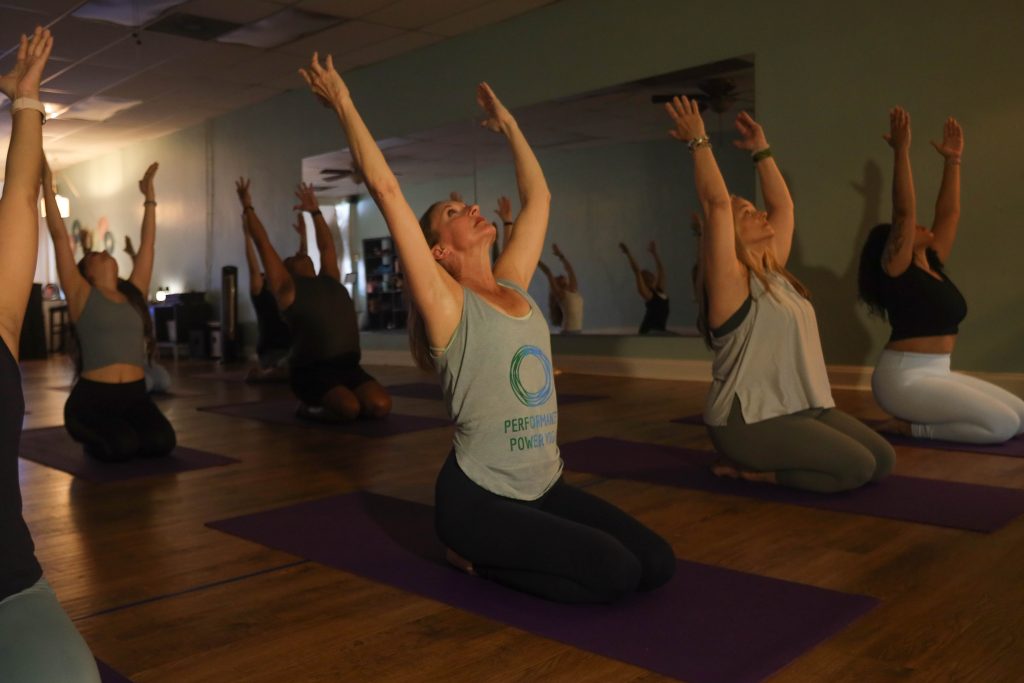I. Introduction

A. The importance of good fitness for overall health and well-being Maintaining good fitness is essential for overall health and well-being. Regular exercise and physical activity contribute to improved cardiovascular health, enhanced strength and endurance, increased flexibility, and better mental health.
B. Common barriers that hinder individuals from achieving optimal fitness levels Many individuals face various barriers that prevent them from achieving optimal fitness levels. These barriers can include limited time, a lack of motivation and commitment, a lack of knowledge and information, a lack of support system and accountability, and a lack of resources and access to fitness facilities or equipment.
II. Lack of Time and Scheduling Constraints as Barriers to Fitness
A. Busy lifestyles and time constraints
- Balancing work, family, and other responsibilities
- Juggling multiple commitments
- Difficulty finding time for oneself and prioritizing personal health and fitness goals
- Difficulty finding dedicated time for exercise
- The demands of daily life affecting the ability to set aside time specifically for physical activity
- Challenges in maintaining a consistent exercise routine due to schedule conflicts

- Prioritizing and scheduling exercise
- Recognizing the importance of exercise and making it a non-negotiable part of daily or weekly routines
- Setting aside specific time for physical activity and treating it as a priority
- Incorporating physical activity into daily routines and lifestyle choices
- Finding opportunities for active breaks throughout the day, such as taking the stairs instead of the elevator or going for short walks during lunch breaks
- Incorporating micro-workouts or workout snippets into daily tasks, such as doing squats while brushing teeth or calf raises while waiting for the kettle to boil
III. Lack of Motivation and Commitment as Barriers to Fitness
A. Identifying underlying factors causing a lack of motivation
- Limited interest in exercise or fitness
- Finding exercise activities that align with personal interests and preferences
- Exploring different types of exercise to discover what brings enjoyment and motivation
- Mental/emotional barriers, such as low self-esteem or lack of confidence
- Addressing self-limiting beliefs and negative self-talk
- Seeking support from friends, family, or professionals to improve self-confidence and motivation

- Setting clear and achievable fitness goals
- Defining specific and measurable goals that resonate with personal values and aspirations
- Breaking down long-term goals into smaller, manageable milestones for a sense of accomplishment
- Finding intrinsic and extrinsic motivation sources
- Identifying personal motivations, such as improving health, increasing energy levels, or relieving stress
- Seeking external motivation through accountability partners, support groups, or fitness challenges
IV. Lack of Knowledge and Information as Barriers to Fitness
A. Limited understanding of proper exercise techniques and practices

- Lack of familiarity with various types of exercise Many individuals may be unaware of the wide variety of exercise options available to them. They may be unfamiliar with different types of workouts, such as resistance training, cardio exercises, or flexibility training. This lack of knowledge can prevent them from incorporating diverse and effective exercises into their fitness routine.
- Uncertainty about effective workout programs Without proper knowledge and understanding, individuals may be unsure about which workout programs are most effective for their goals. They may struggle to create a structured and balanced fitness plan that targets their specific needs, such as weight loss, strength building, or endurance improvement.
- Seeking guidance from fitness professionals or certified trainers One of the most effective ways to overcome knowledge-related barriers is to seek guidance from professionals who have expertise in the field of fitness. Fitness professionals, such as personal trainers or certified coaches, can provide personalized advice, design workout programs, and teach proper exercise techniques.
- Educating oneself through reliable sources, books, or online resources Taking the initiative to educate oneself is another effective way to overcome knowledge-related barriers. Collecting information from reliable sources, such as reputable websites, fitness books, or scientific journals, can help individuals gain a better understanding of exercise techniques, recommended workouts, and other aspects of fitness.
V. Lack of Support System and Accountability as Barriers to Fitness
A. Limited encouragement or support from family, friends, or peers
Many individuals face a lack of encouragement or support from their immediate social circle in their fitness endeavors. Family members, friends, or peers may not share the same fitness goals or may not understand the importance of prioritizing physical activity.
- Communicating fitness goals and seeking support from loved ones Open communication with loved ones about fitness goals is crucial. Explaining why fitness is important and how it aligns with personal values can help gain support from family and friends. Requesting their encouragement, understanding, and even participation in physical activities can foster a supportive environment.
- Joining fitness communities or finding exercise buddies for accountability Joining fitness communities, such as group exercise classes or online support groups, can provide a sense of belonging and support from like-minded individuals. Finding exercise buddies who share similar goals can create a sense of accountability and motivation to stick with a fitness routine.
VI. Lack of Resources and Access as Barriers to Fitness
A. Limited access to fitness facilities or equipment
Some individuals may face barriers to fitness due to financial constraints or lack of access to fitness facilities or equipment. Gym memberships, fitness equipment, or even the ability to travel to a suitable exercise location may be limited.
- Exploring alternative exercise options, such as bodyweight workouts or outdoor activities Engaging in exercise that requires minimal to no equipment can be a solution for those with limited resources. Bodyweight exercises, yoga, and outdoor activities like running or hiking offer effective workout options that require minimal equipment and are accessible to most individuals.
- Utilizing free or affordable fitness resources, such as online workout videos or community programs The internet provides a wealth of free or affordable fitness resources, such as workout videos, apps, or online fitness communities. These resources offer a wide range of workouts, coaching, and support, making fitness more accessible to individuals with limited resources or access to traditional fitness settings.
In conclusion, barriers such as lack of knowledge, support, and resources can hinder individuals from achieving their fitness goals. Seeking guidance from professionals, educating oneself, and exploring alternative options can help overcome knowledge-related barriers. Building a supportive network, communicating goals, and finding exercise buddies can address support-related barriers. Exploring alternative exercise options and utilizing free or affordable resources can overcome resource-related barriers. By identifying and addressing these barriers, individuals can overcome obstacles and establish a sustainable and successful fitness journey.



